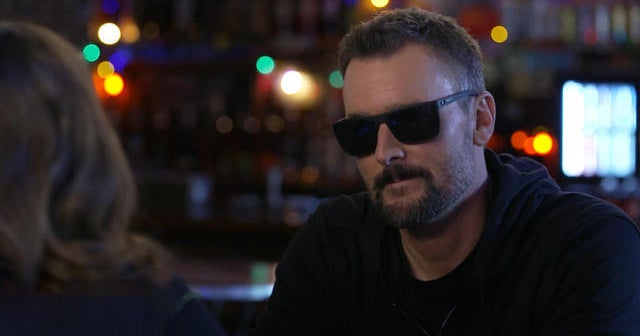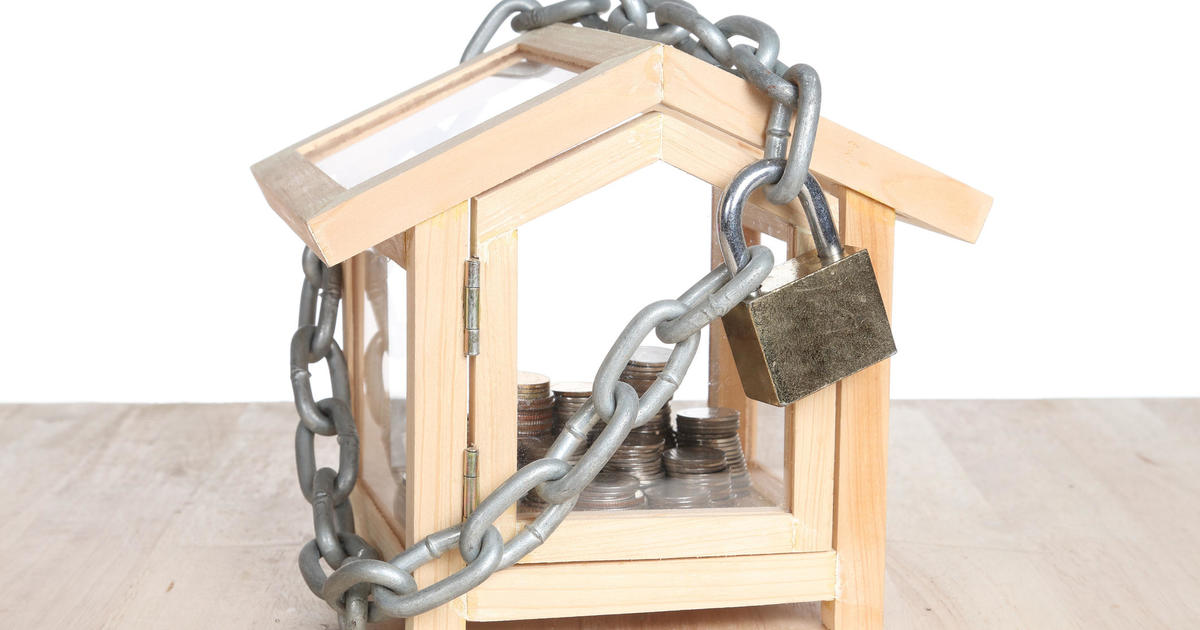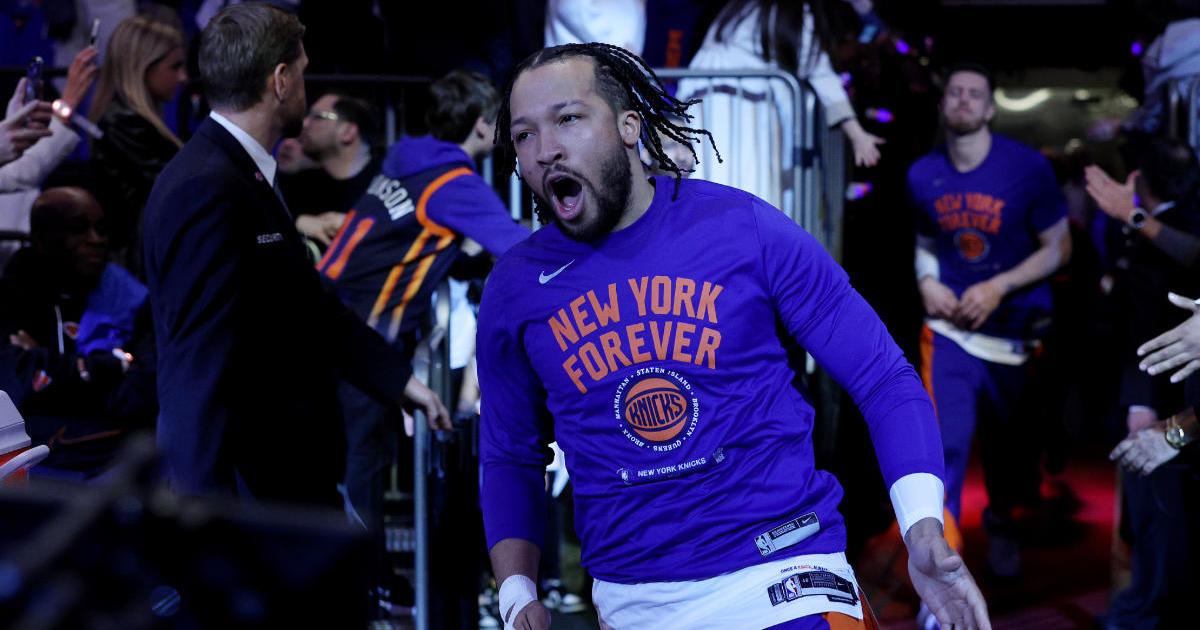Baseball is back with new rules aimed at making the game faster: "Less dead time, more action"
Baseball fans are ready to grab their peanuts and crackerjacks because baseball is back. Thursday marks Major League Baseball's opening day, and for the first time since 1968, every team is scheduled to play.
With 30 teams and 15 games, the game is undergoing some of the biggest rule changes in its history to keep fans and make the game faster, according to Seattle Mariners manager Scott Servais.
"We needed more action in the game, you know, I mean, we're losing fans. We're losing younger fans," Servais said.
Baseball is now on a new pitch clock, ticking down to a shorter game. Pitchers will have a limited 15 seconds to throw the next pitch, and 20 seconds if there is a runner on base. Batters must be ready to hit with eight seconds left on the clock, and if they're not ready, it's a strike.
Violating these rules earns a ball for the pitcher. The clock is set to 20 seconds when a runner is on base, and the pitcher can only check on the runner twice during a plate appearance. Batters can only call time once, and there's a firm limit of 30 seconds between hitters, while the time between innings is two minutes and 15 seconds.
Since the 1970s, the length of a baseball game has increased from just over two and a half hours to an average of three hours and seven minutes last season. This longer game time has resulted in nearly 4 minutes of downtime between plays. As games got longer, attendance and TV viewership dropped.
Players like Paul Sewald, a reliever for the Mariners, said the new rule change means "less dead time, more action" and will make for a better game.
"Do I need to walk around the mound and, you know, stare at all the fans and kind of gather my thoughts, you know, completely every time? Probably not. You know, I just need — if I'm going to do something like that in the ninth inning — I just need to make sure that it's quicker," Sewald said.
"You're just not going to see those super long games anymore, which I think fans are happy about if we're out there 162 games for three, three and a half hours a game, you know, it takes a toll on your body. So I think it'll be good for both sides," Mariners first baseman Ty France added.
This year, the size of the bases has increased significantly, with the aim of reducing injuries on the field. This change may also result in more stolen bases.
Another major change is the elimination of the shift. Previously, driven by analytics, teams would move defensive players around the infield to where batters were likely to hit the ball, cutting into scoring opportunities.
MLB Commissioner Rob Manfred told "CBS Mornings" on Tuesday that the rule changes were part of a long-term project that involved reaching out to fans for their opinions on how to improve the game.
"We went to our fans, we solicited their views and it was a very clear indication from fans that they wanted a game with more action, better pace, less reliant on strikeouts and home runs and maybe most important, focusing on the athleticism of our players," Manfred said.
Fans got a preview of the new pitch clock and rules during spring training games this year. Ed Love, who attended a spring training game, said that the new rules make the game "a lot more exciting."
This year's spring training games were on average about two and a half hours long, which is 25 minutes shorter than previous years. Although there was a learning curve with the pitch clock, by the end of spring training, the number of violations had decreased to just one per game.
With the faster pace of the game, it also means a quicker trip to the concession stand. To accommodate this, the Mariners and other stadiums are introducing several grab-and-go stations.




